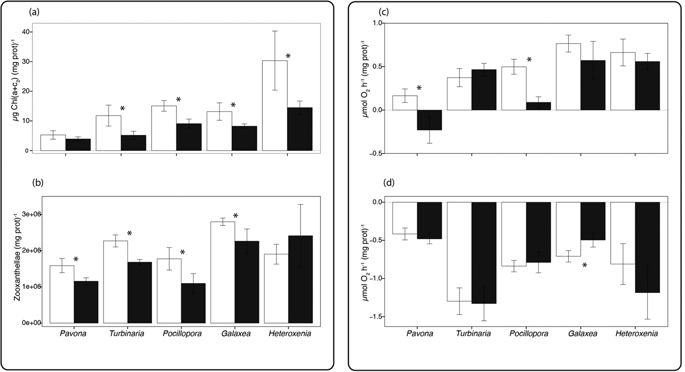This Redfield ratio thing always pops up on here and every other forum. For some reason many people have been convinced that it has something to do with reef tanks, let alone actual reefs.
The Redfield ratio is about the consistent molar ratio between carbon, nitrogen and phosphate of the deep ocean and the biomass of phytoplankton. The original proposal was a C:N: P of 106:16:1. Further research has pushed this to 163:22:1.
Now remember this is molar ratio. Not a ratio of parts per million. And thus you can see that most posts about the Redfield are already mistaken.
So for example you'll read someone saying how they want there nitrate to be 16 ppm and phosphate 1 ppm to keep it in line with the Redfield ratio. Yet this is actually 25 uM nitrogen and 1 uM phosphorus. Or a ratio of 25:1. Also for some reason everyone chooses to ignore the carbon part of the ratio. Not sure why, but I'm guessing it revolves around the fact that adding 106 ppm of organic carbon would probably be bad. (In a 50 gallon tank this would be like adding ~48 grams or a little bit greater than3 tablespoons of sugar.)
Anyways it really doesn't matter because the relationship between the deep ocean and phytoplankton has no bearing on the reef or the reef tank. The way to best show this to ask the question what does the reef actually look like? Well glad you asked. For example a recent paper looking at the Great Barrier Reef measured the respective nutrient levels at
Dissolved organic carbon - 83 umol
Dissolved inorganic nitrogen (ammonium/a/nitrate)- 0.26 umol
Dissolved inorganic phosphorus - 0.08 umol
For a ratio of 1038 : 3.25 : 1 (You'll see similar numbers when you look at other reefs.)
So yeah clearly not the Redfield. Oh and this number is a snapshot, not going to go too much into specifics but a reef's nutrients are in massive flux. Reefs are not deserts, there is just massive competition to internalize any little speck of usable C:N: P
There are many, many more reasons the Redfield has nothing to do with anything we do but hopefully the above is pretty clear already.
So please please retire the Redfield
Let me know below if you have any other questions, comments.
The Redfield ratio is about the consistent molar ratio between carbon, nitrogen and phosphate of the deep ocean and the biomass of phytoplankton. The original proposal was a C:N: P of 106:16:1. Further research has pushed this to 163:22:1.
Now remember this is molar ratio. Not a ratio of parts per million. And thus you can see that most posts about the Redfield are already mistaken.
So for example you'll read someone saying how they want there nitrate to be 16 ppm and phosphate 1 ppm to keep it in line with the Redfield ratio. Yet this is actually 25 uM nitrogen and 1 uM phosphorus. Or a ratio of 25:1. Also for some reason everyone chooses to ignore the carbon part of the ratio. Not sure why, but I'm guessing it revolves around the fact that adding 106 ppm of organic carbon would probably be bad. (In a 50 gallon tank this would be like adding ~48 grams or a little bit greater than3 tablespoons of sugar.)
Anyways it really doesn't matter because the relationship between the deep ocean and phytoplankton has no bearing on the reef or the reef tank. The way to best show this to ask the question what does the reef actually look like? Well glad you asked. For example a recent paper looking at the Great Barrier Reef measured the respective nutrient levels at
Dissolved organic carbon - 83 umol
Dissolved inorganic nitrogen (ammonium/a/nitrate)- 0.26 umol
Dissolved inorganic phosphorus - 0.08 umol
For a ratio of 1038 : 3.25 : 1 (You'll see similar numbers when you look at other reefs.)
So yeah clearly not the Redfield. Oh and this number is a snapshot, not going to go too much into specifics but a reef's nutrients are in massive flux. Reefs are not deserts, there is just massive competition to internalize any little speck of usable C:N: P
There are many, many more reasons the Redfield has nothing to do with anything we do but hopefully the above is pretty clear already.
So please please retire the Redfield
Let me know below if you have any other questions, comments.
Last edited:


















